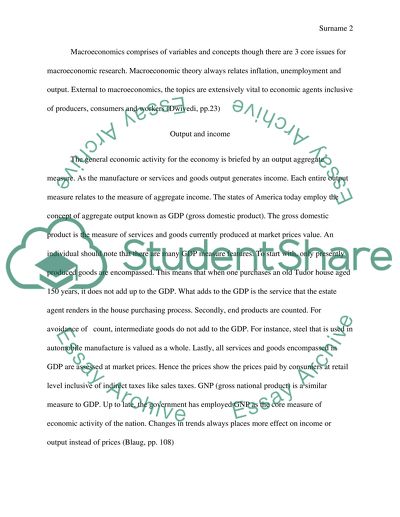Cite this document
(“What is Macroeconomics Essay Example | Topics and Well Written Essays - 1750 words”, n.d.)
What is Macroeconomics Essay Example | Topics and Well Written Essays - 1750 words. Retrieved from https://studentshare.org/macro-microeconomics/1473167-what-is-macroeconomics
What is Macroeconomics Essay Example | Topics and Well Written Essays - 1750 words. Retrieved from https://studentshare.org/macro-microeconomics/1473167-what-is-macroeconomics
(What Is Macroeconomics Essay Example | Topics and Well Written Essays - 1750 Words)
What Is Macroeconomics Essay Example | Topics and Well Written Essays - 1750 Words. https://studentshare.org/macro-microeconomics/1473167-what-is-macroeconomics.
What Is Macroeconomics Essay Example | Topics and Well Written Essays - 1750 Words. https://studentshare.org/macro-microeconomics/1473167-what-is-macroeconomics.
“What Is Macroeconomics Essay Example | Topics and Well Written Essays - 1750 Words”, n.d. https://studentshare.org/macro-microeconomics/1473167-what-is-macroeconomics.


